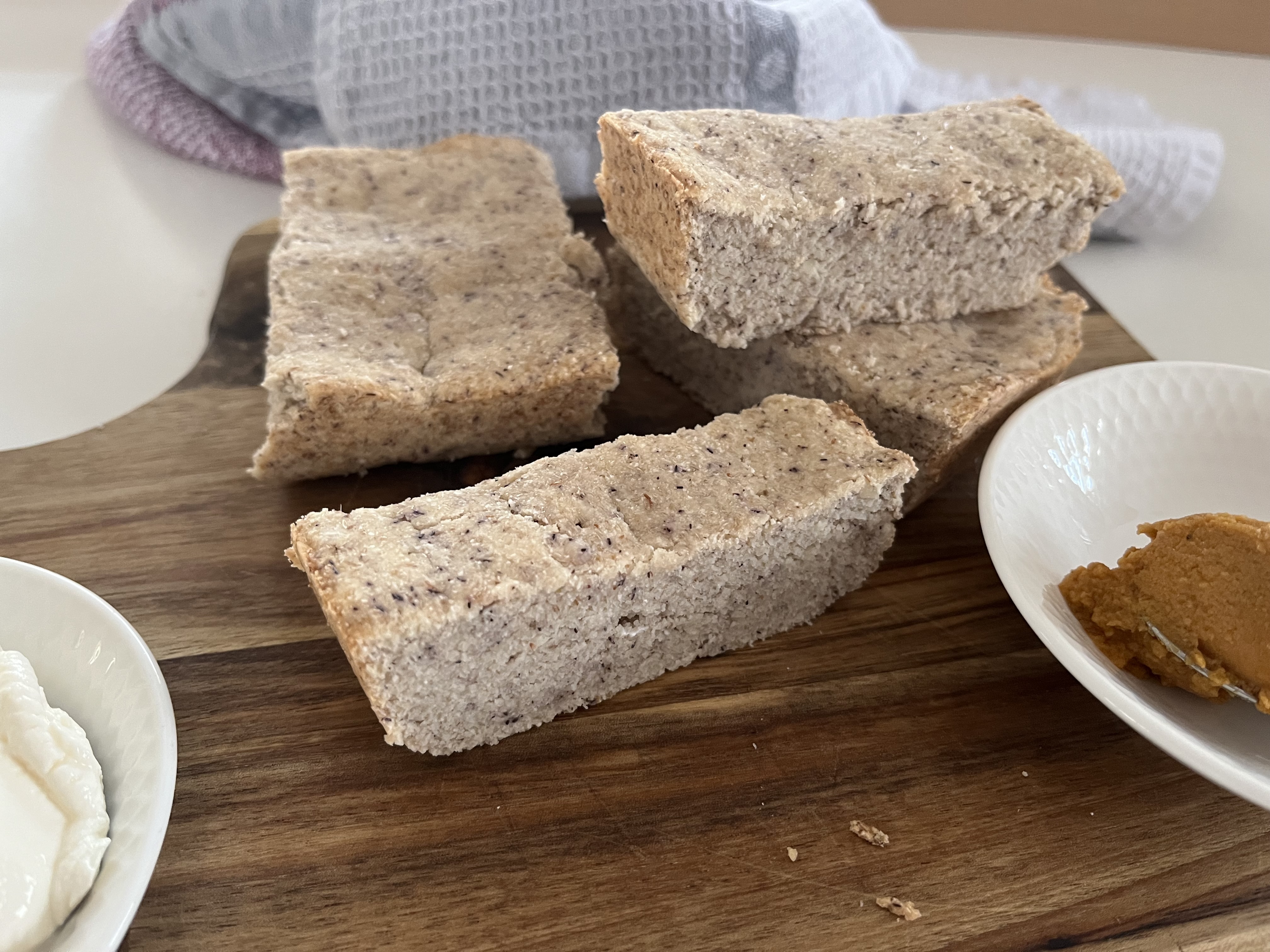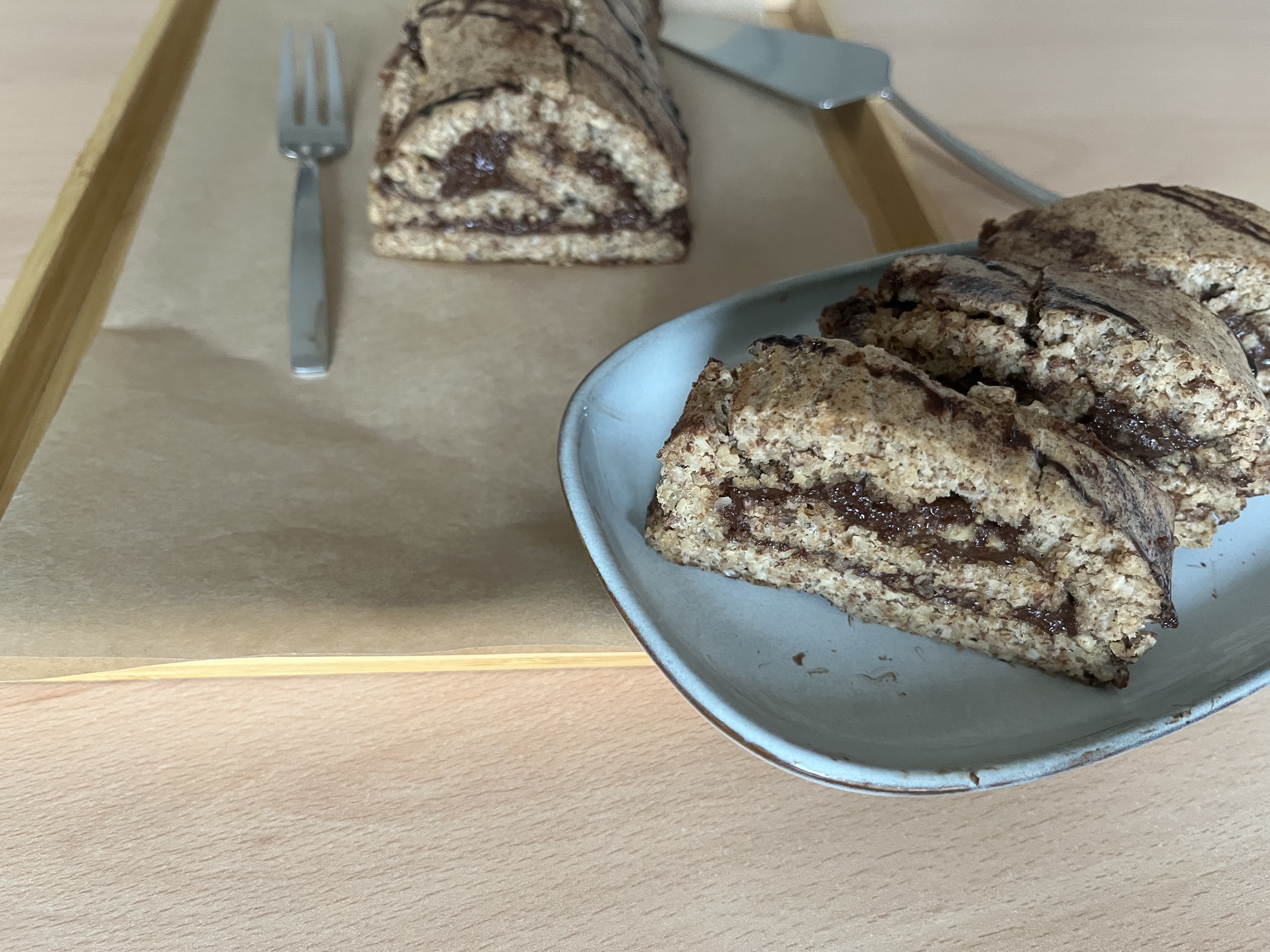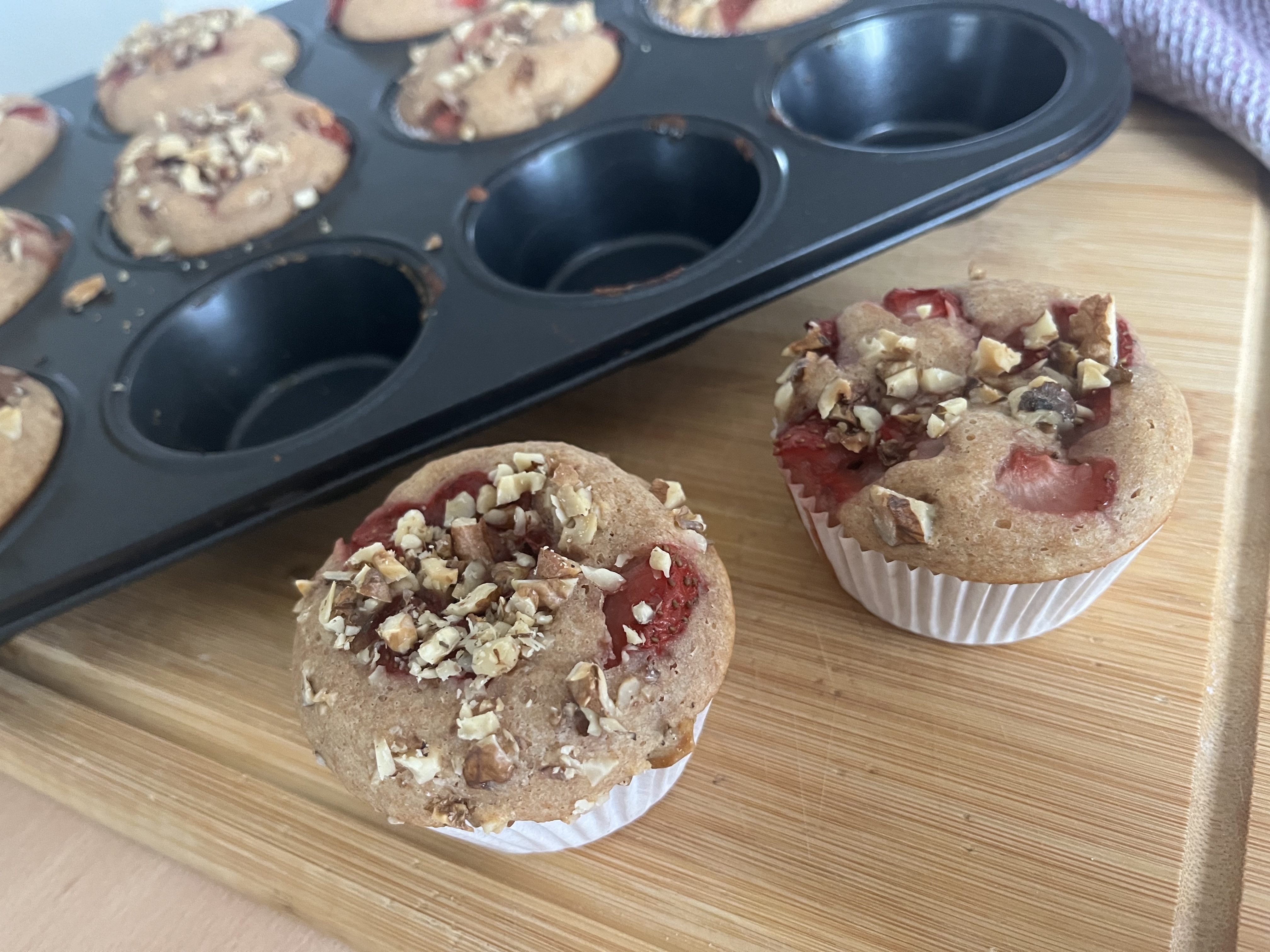 |
Nature’s Dessert Cookbook: Healthy, Delicious & Naturally Sweet Recipes Don’t want or can’t tolerate sugar alcohols and artificial sweeteners? This cookbook is for you! Every dessert is naturally sweetened with whole ingredients rich in fiber and protein, slowing sugar absorption and making them diabetic-friendly. It gathers your favorite recipes from the website—plus brand-new ones—all in one convenient place. Indulge in truly natural treats without compromise! |
 |
Diabetic Baked Goods: Everyday Bakes for Every Meal Diabetic cookbook designed to make healthy baking simple, accessible, and enjoyable. This collection of low-carb, high-fiber, and protein-rich recipes provides a reliable solution for those looking to enjoy diabetic bread and baked goods without blood sugar spikes. Every recipe includes a video tutorial, making it even easier to follow along and bake with confidence! |
 |
What Makes This Cookbook Different?
|
How to Enjoy Figs While Managing Diabetes?
As someone who grew up in a sun-kissed Mediterranean country, figs have always been more than just a fruit to me—they are a symbol of summer, a taste of home, and a source of nostalgic comfort. When my son was diagnosed with diabetes, I realized I had to rethink many of my favorite treats. Yet, one thing remained unchanged: my love for figs and fig jam. In my kitchen, fig jam became my secret delight. I admit, I used to hide it from him, not wanting him to love it as much as I did because of concerns about its sugar content.
This fear is common among diabetics and those controlling carbohydrate intake. But through research1, experimentation, and personal experience, I discovered that how to enjoy figs while managing diabetes is definitely achievable, provided we understand their nutritional benefits and learn the necessary precautions.2
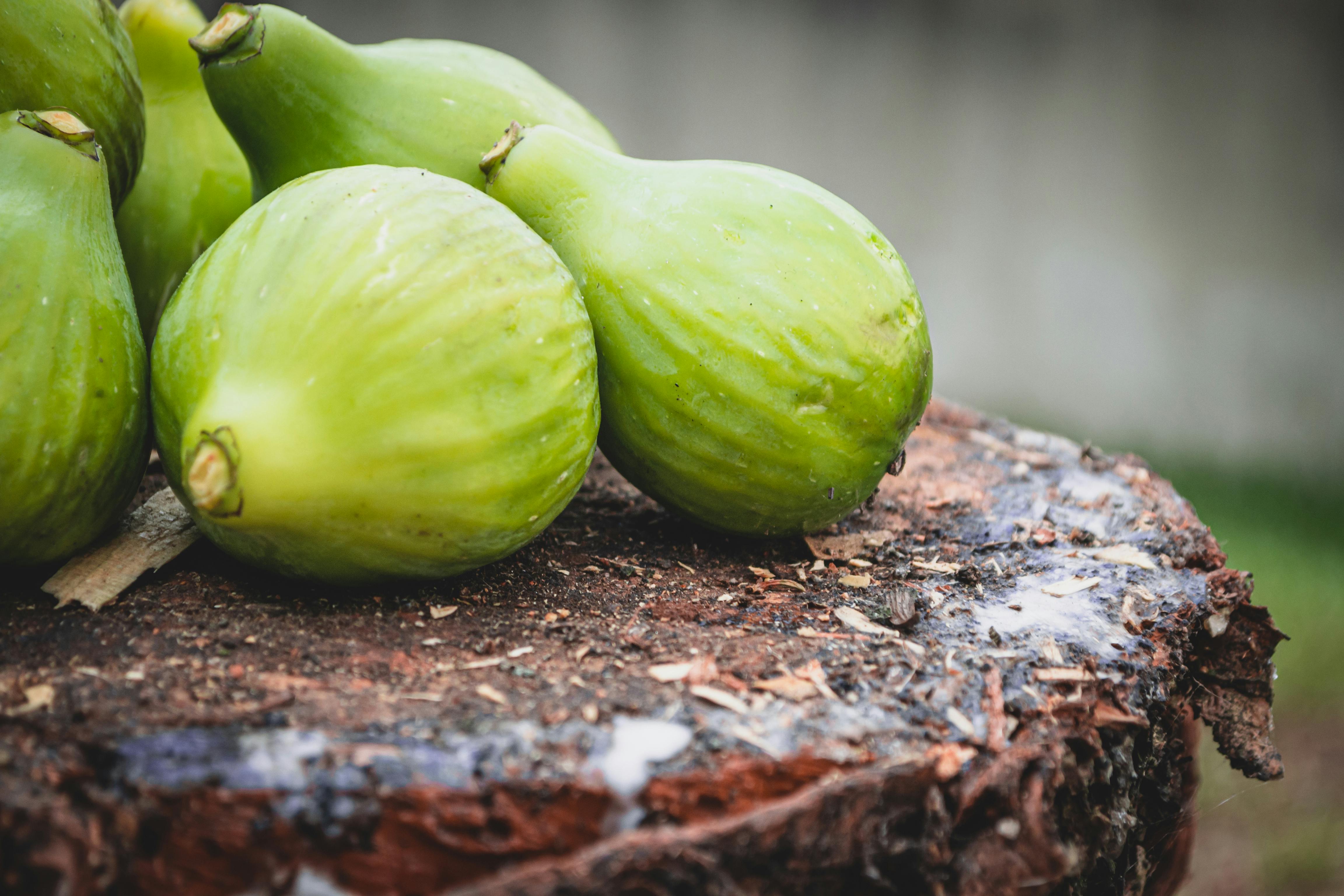
The Nutritional Power of Figs
Natural Sweetness, but Not Just Sugar
Figs are often mistaken for just a natural source of sugar, but they are much more. They contain a rich supply of dietary fiber, essential minerals, and antioxidants, making them a valuable addition to a balanced diet—especially for diabetics.
Rich in Fiber
One of the most important benefits of figs is their high fiber content. Dietary fiber plays a crucial role in slowing digestion, reducing blood sugar spikes, and promoting digestive health. This makes figs a smart choice for those looking to regulate blood glucose levels.
Packed with Essential Minerals
Figs are a great source of potassium, calcium, and magnesium—minerals that support heart health, muscle function, and bone strength. For diabetics, maintaining good cardiovascular health is vital, and incorporating potassium-rich foods like figs can be a helpful part of a comprehensive management plan.
Moderate Glycemic Index
Fresh figs have a moderate glycemic index (GI) of around 35-40, meaning they cause a relatively slower rise in blood sugar compared to many other fruits. Dried figs, which are more concentrated, have a higher GI, approximately 61, but this is offset by portion control.
How to Enjoy Figs While Managing Diabetes?
Portion Control Is Key
The most straightforward strategy is moderation. For fresh figs, one or two small to medium-sized fruits are generally sufficient per serving. For dried figs, limit yourself to one or two pieces, since they are higher in sugar and calories. Remember, dried figs are concentrated sources of sugar—fiber and nutrients, yes, but they raise blood sugar more quickly.
Fresh vs. Dried Figs
Always prefer fresh figs when possible, as they contain more water and less concentrated sugar. However, dried figs can be a good option in cases of hypoglycemia, where quick blood sugar boosting is needed. My son occasionally eats dried figs during such episodes because they help rapidly elevate his blood glucose.
Pair Figs with Protein or Healthy Fats
To further slow down sugar absorption, combine figs with a source of protein or healthy fats. Try adding sliced figs to a handful of almonds, a spoon of Greek yogurt, or a piece of cheese. This pairing moderates the glycemic response and makes the snack more satisfying.
Incorporate Figs into Homemade & Natural Recipes
Making your own fig jam is simple, allowing you to control the ingredients and avoid added sugars. I often blend fresh figs with a bit of water, add a splash of orange zest and cinnamon, and cook slowly until it reaches the preferred thickness. Store it in sterilized jars, turning them upside down as they cool, and enjoy this natural, no-sugar-added spread all year round.
Additional Tips and Precautions
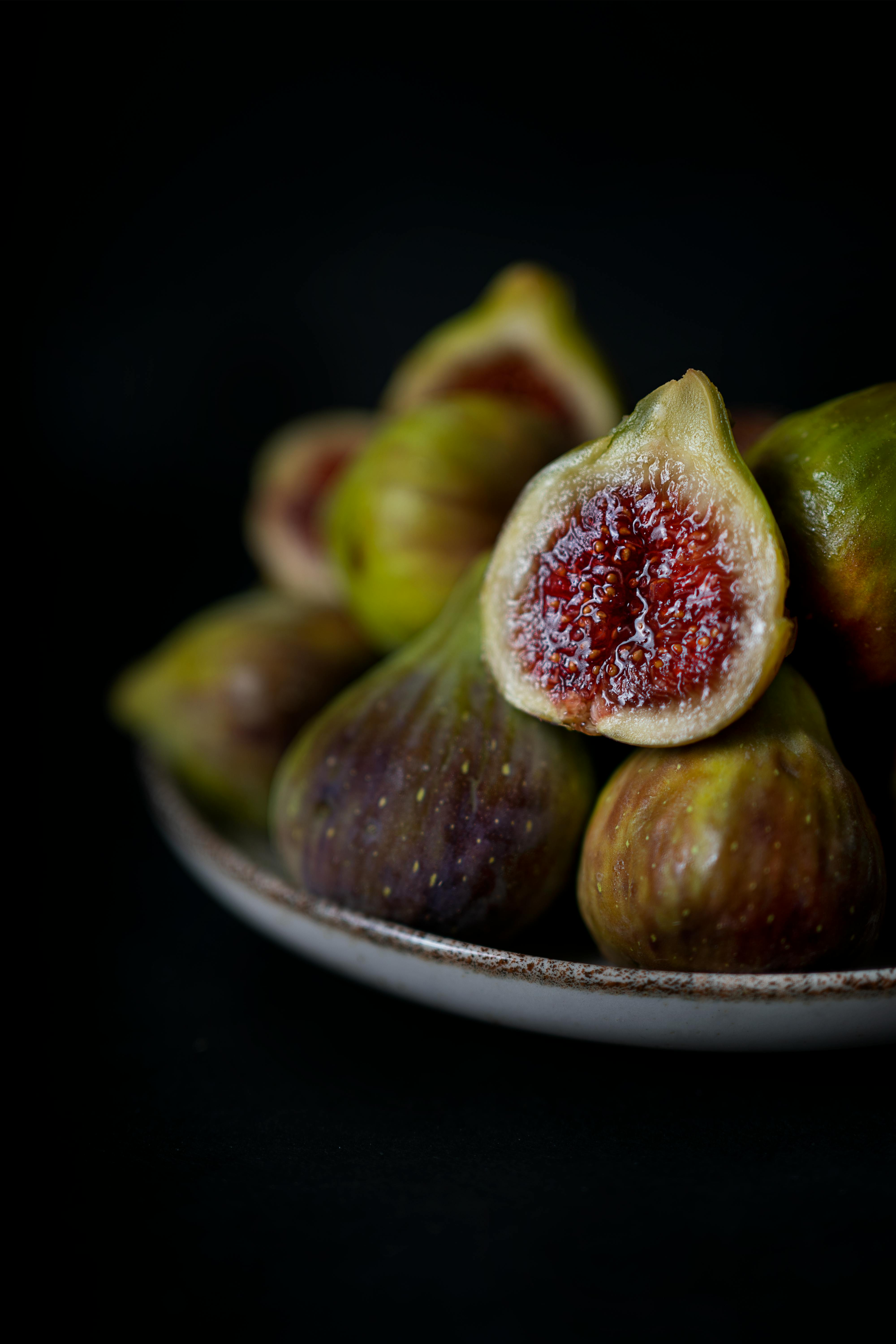
Personal insights
Everyone’s body reacts differently to various foods, and when it comes to managing diabetes, personalized data is invaluable. The best way to understand how to enjoy figs while managing diabetes is by testing your blood sugar levels before eating figs and then again one to two hours afterward. This simple step provides precise, personalized insights into how your body handles figs and helps you adjust portions or pairings accordingly.
Figs Are Not a "Free" Food
While figs are packed with nutrients and health benefits, they are not a "free" food that can be eaten without consideration. They contain natural sugars and carbohydrates that will influence your blood glucose levels. That’s why moderation, portion control, and smart pairing are so important — they aren’t just suggestions but essential rules for safely including figs in your diabetic diet.
The Bigger Picture: Figs and a Balanced, Healthy Lifestyle
Ultimately, the question of how to enjoy figs while managing diabetes fits into the broader context of maintaining a healthy, balanced lifestyle. No single food, no matter how nutritious or delicious, will determine your overall health outcome or control your diabetes single-handedly.
Building a diet rich in vegetables, lean proteins, healthy fats, and thoughtfully chosen fruits—including figs—nourishes your body and delights your palate. With careful management and awareness, figs can be a valuable part of your diabetic journey, adding flavor, nutrition, and a touch of Mediterranean sunshine to your everyday life.


